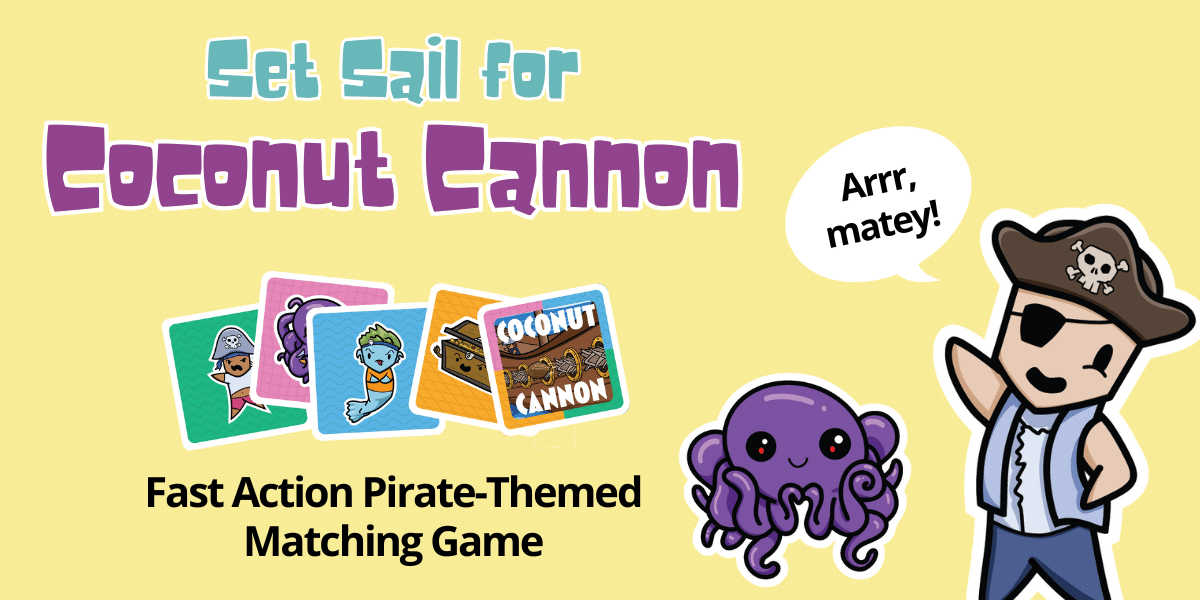Creating a marketing strategy is essential for any business looking to reach its target audience and achieve meaningful growth. A well-crafted strategy acts as a roadmap, guiding you through specific steps to engage customers, build brand awareness, and increase sales. By defining clear objectives, actionable tactics, and a realistic budget, you can ensure that your marketing efforts are aligned with your business goals and set up for success.
What Are the Core Objectives of a Marketing Strategy?
The first step in developing your marketing strategy is to establish clear objectives—what you aim to accomplish through your marketing efforts. Objectives serve as benchmarks that help you measure your success and keep your strategy focused. Common objectives include:
- Brand Awareness: If your business is new or expanding into a new market, increasing brand recognition may be your primary goal. This involves reaching more people and making your brand memorable.
- Sales Growth: For many businesses, driving revenue is a key objective. Marketing can help by reaching potential customers and guiding them through the buyer’s journey.
- Customer Engagement: Engaging with your target audience builds trust and loyalty, increasing the likelihood that customers will return to your brand.
Each objective should be specific, measurable, and time-bound. For example, an objective like “Increase website traffic by 25% within six months” provides a clear goal and timeframe to work toward, making it easier to track progress.
What Tactics Can You Use to Reach Your Target Audience?
Once you have defined your objectives, it’s time to outline the tactics or specific actions that will help you achieve them. Your tactics will vary depending on your business goals, target audience, and budget. Here are a few effective tactics to consider:
- Social Media Marketing: Social platforms are excellent for reaching a broad audience and building brand awareness. By creating engaging posts, running ads, or partnering with influencers, you can connect with potential customers in a space they already frequent.
- Content Marketing: High-quality content, such as blog posts, videos, or infographics, can position your brand as an industry expert and draw in customers looking for valuable information. Content marketing also boosts your SEO, helping your business appear in search results.
- Email Marketing: Email campaigns allow for direct communication with customers, making it an ideal tactic for sharing promotions, product updates, and personalized messages. It’s an excellent way to nurture leads and maintain customer engagement.
- Paid Advertising: If you’re looking for quick visibility, paid ads on platforms like Google and Facebook can drive traffic and conversions. This tactic is especially effective for promoting time-sensitive offers or new products.
Each tactic should directly support your objectives. For example, if your objective is to increase brand awareness, focusing on social media and content marketing may be effective. If your goal is driving sales, consider using paid ads and email campaigns to reach high-intent customers.
Why Is Budgeting Essential for an Effective Marketing Strategy?
Budgeting is a crucial part of any marketing strategy, as it helps you allocate resources effectively and avoid overspending. By setting a realistic budget, you can make sure your tactics are financially sustainable and that your marketing efforts deliver a good return on investment (ROI).
Start by determining how much you’re willing to invest in each tactic. For example, you may decide to allocate a larger portion of your budget to paid advertising if your goal is immediate traffic growth. On the other hand, if you’re focusing on brand awareness, you might spend more on social media content creation and influencer partnerships. Balancing costs with expected results is key to maximizing your budget.
It’s also essential to monitor your spending and adjust as needed. Track the performance of each tactic to see which ones are driving the best results. If a particular channel is proving highly effective, consider reallocating more of your budget toward it. A flexible budget allows you to optimize your marketing strategy over time, ensuring your resources are spent where they have the most impact.
Developing a marketing strategy with clear objectives, carefully chosen tactics, and a well-defined budget provides the structure you need to reach your business goals. By consistently revisiting and refining your strategy, you can adapt to market changes and continue to engage your audience effectively.
A thoughtful marketing strategy not only guides your day-to-day activities but also empowers your business to grow sustainably, connecting with customers in meaningful ways. As you move forward, remember that a successful strategy is both focused and adaptable, allowing your brand to thrive in a competitive landscape.







